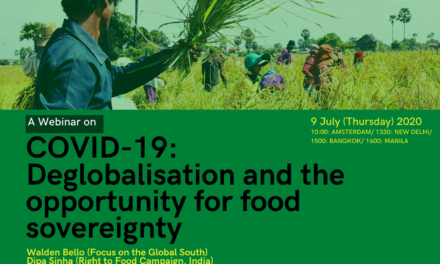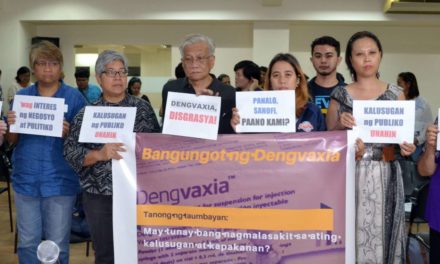A series of Workshops at the Hague Appeal for Peace May 11-13, 1999
Organised by
The Transnational Institute (Netherlands)
Focus on the Global South (Thailand)
European Network Against Arms Trade (Netherlands)
American Friends Service Committee (Japan Office)
Publisher: Focus on the Global South, Bangkok, 1999
From TNI:
“Linking Arms” offers thoughtful discussion points on the role of US military and existing bases; arms trade; peace, conflict and contemporary security issues and the role the ASEM process has played in Asia-Europe Relations. This collection of workshop summaries from the Hague Appeal for Peace concludes with recommendations and proposals for increased Asia-Europe civil society solidarity in the quest for “Alternative Security Strategies”.
Although they live far apart, peace and security activists in Asia and Europe often find themselves in the same place. In other words, they quite often are tackling similar problems and contemplating similar alternatives.
Both regions must deal with the role of US military power – at US military bases, through security relationships, and within larger military alliances.
The issue of the arms trade must be confronted, namely the vast amount of weapons that are flowing largely in one direction: from European producers to Asian militaries.
In an effort to assume more control over matters of peace and conflict in their own regions, European and Asian countries have established multilateral security structures – the Organization of Security and Cooperation in Europe (OSCE) and the Association of Southeast Asian Nations Regional Forum (ARF). Peace activists must decide whether to engage these elite structures and, if so, in what way.
Finally, activists have a new inter-governmental structure to evaluate – the Asia-Europe Meeting (ASEM). Is this an appropriate forum to raise security issues?
As part of the Hague Appeal for Peace, held in May 1999, a series of workshops on Asia-Europe cooperation on alternative security strategies addressed these common dilemmas.
‘Linking Arms’ offers a new analysis and perspective on these dilemmas and proposes strategies for further cooperation between activists in Asia and Europe.



![[UPCOMING EVENT] Learning from Herstories and Histories; Shaping Futures](https://focusweb.org/wp-content/uploads/2023/07/1-1-440x264.png)





